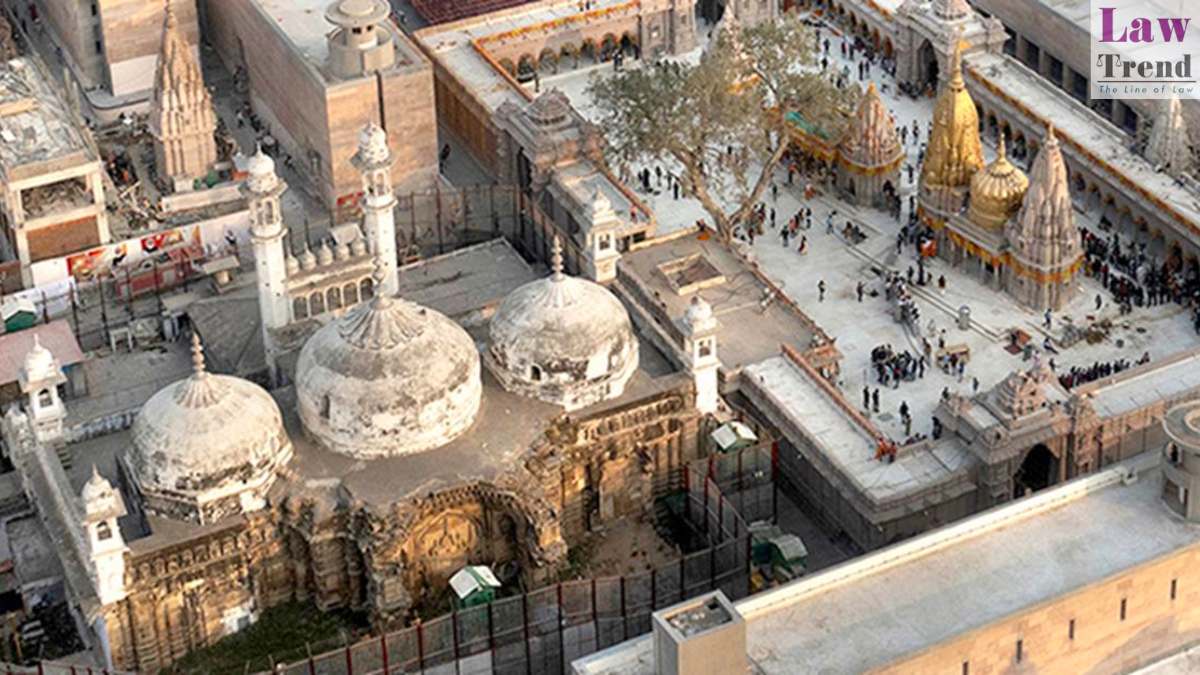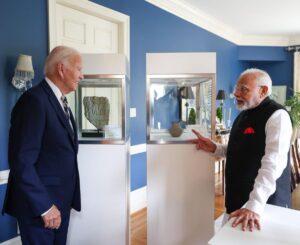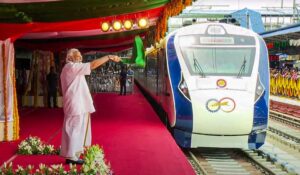The Archaeological Survey of India (ASI) report on the Gyanvapi structure released on 25 January has made it clear that a large Hindu temple existed in the past where the current mosque structure is present. The over 800-page report gives a very detailed accounts of the structure and the artefacts found in it, proving that it was a Hindu temple dedicated to Lord Shiva.
Shockingly but not surprisingly, the report states that several artefacts related to the temple were deliberately kept hidden, they were found in cellars which were blocked by debris and walls. As per the ASI report, on the Eastern part of the complex, there are six cellars, three on southern side and three on the northern side on the both sides of the sealed area. There are two more cellars on the north, closer to the structure.
A larger number of pottery and terracotta items were found in S3, apart from S2. It is notable that as the Hindu side, the S3 cellar could not be searched fully as it was filled with debris to the ceiling and there was not approval for excavation. As a result, it is possible that more artefacts related to the Hindu temple are buried in the cellar.
One small stone Shiva Linga was also found during debris cleaning on the east side of the structure.
The cellars were made of stone pillars, with stone slabs placed on them supported by stone beams. Later masonry pillars were also added in some cellars to support the ceilings. ASI has found that pillars from an earlier Hindu temple were used to make these cellars.

The cellars were made below the ground level when the pre-existing structure was modified and extended towards the east, the report states. The underground cellars were used for various purposes, however most of the cellars were found blocked, either completely or partially. For the study, ASI cleaned the cellars and removed a large amount of debris, recovering several signs of a pre-existing Hindu temple.
The most important artefacts were found in the southern cellars, S1, S2 and S3. ASI says that there are five entrances from S2 to S1, but all of them were blocked with lakhauri bricks and/ or stone blocks set in lime mortar. Similarly, all four entrances to S3 were blocked filling soil or keeping stones and architectural materials.




